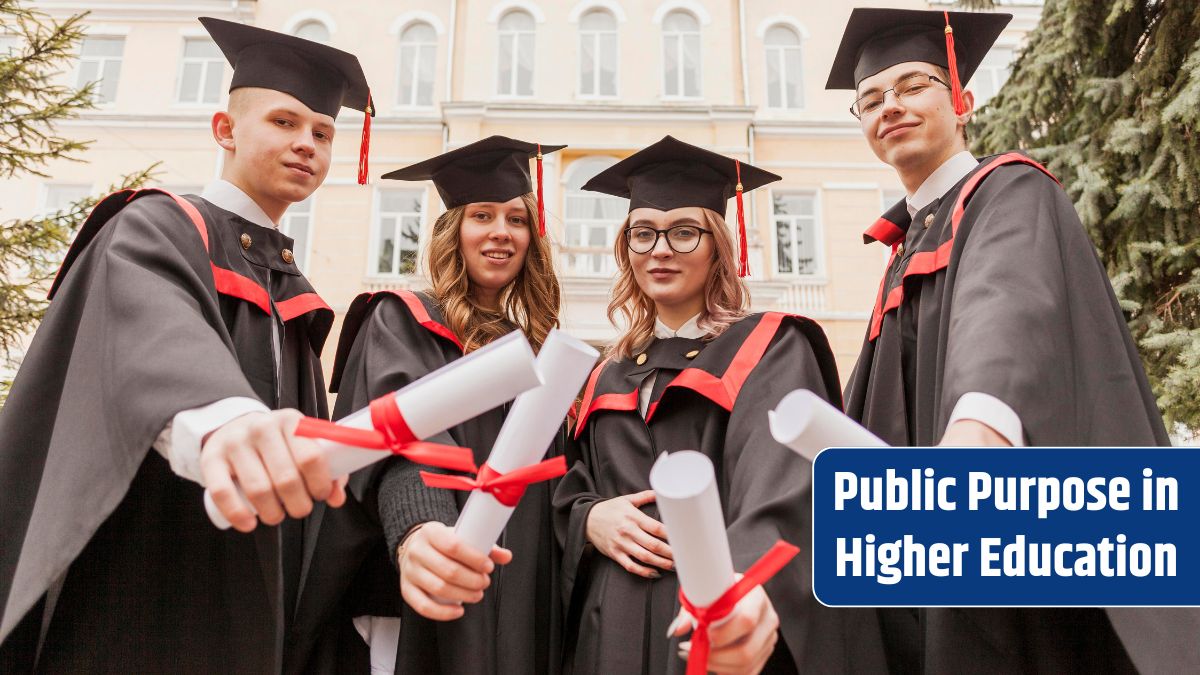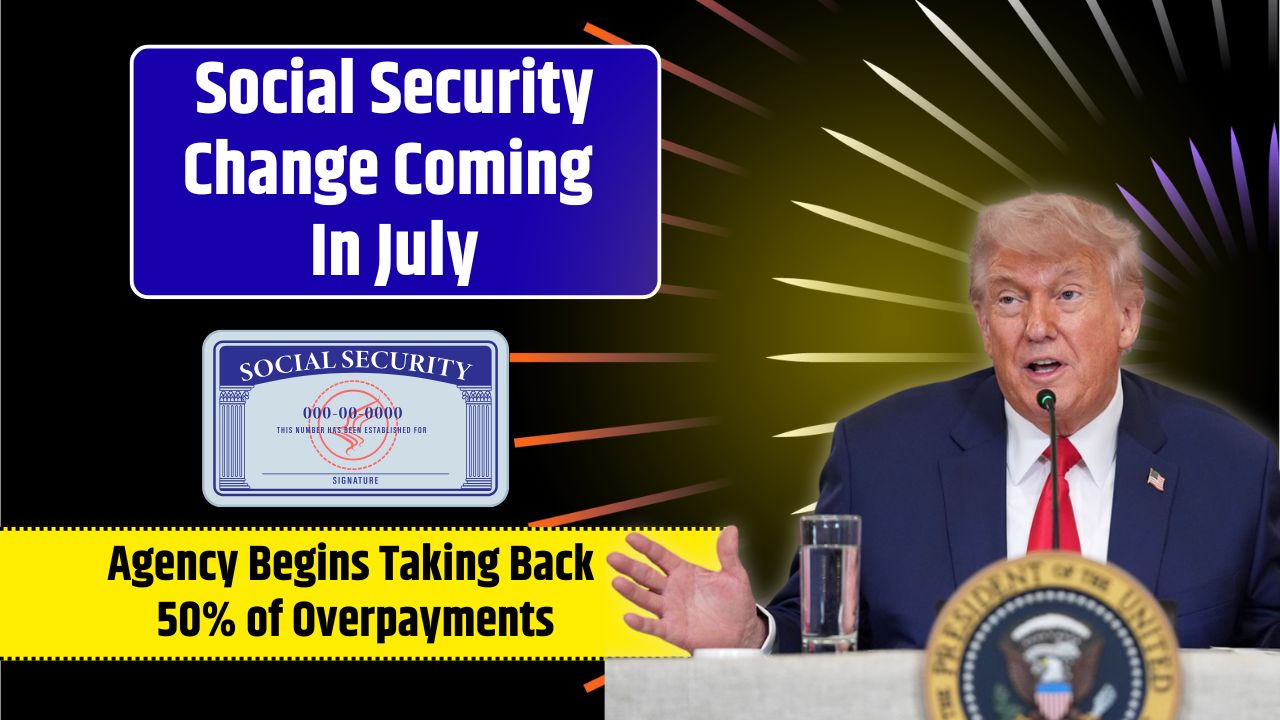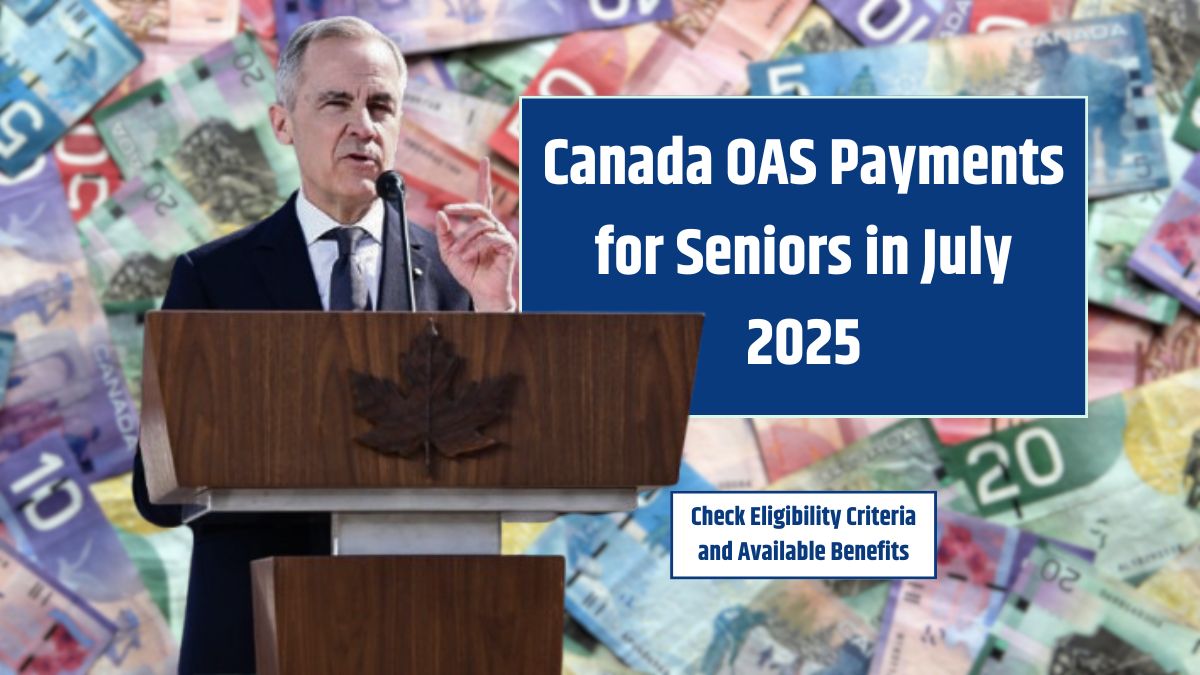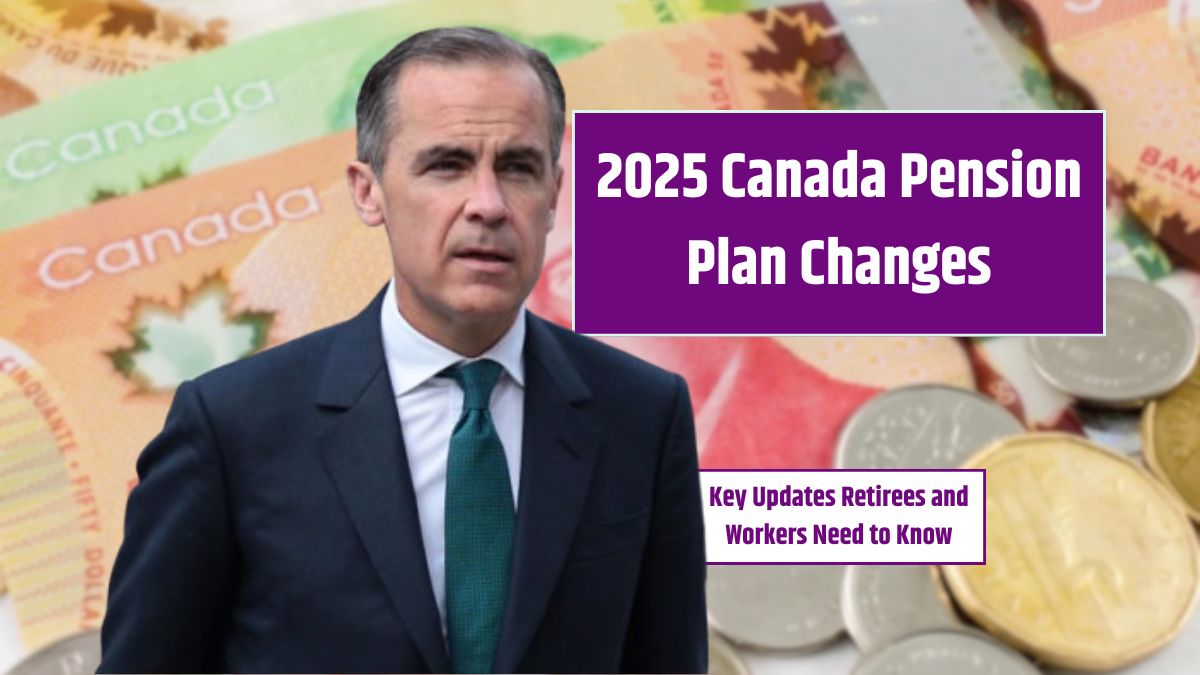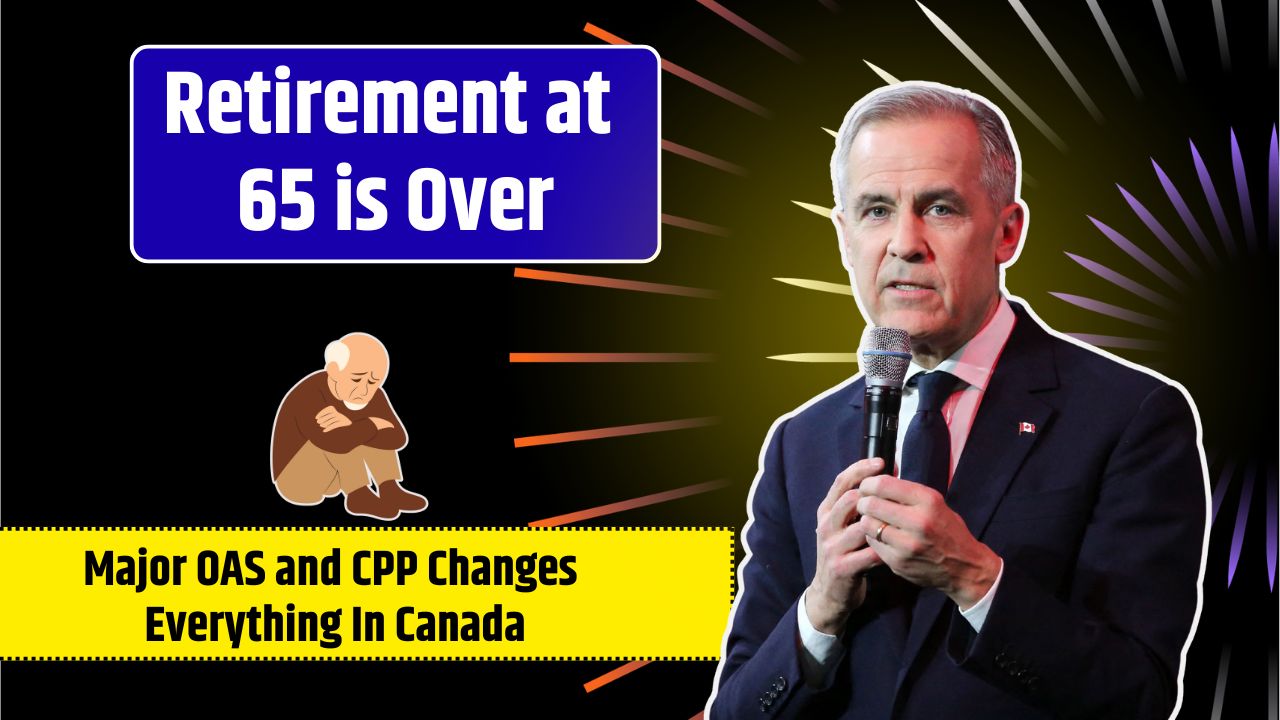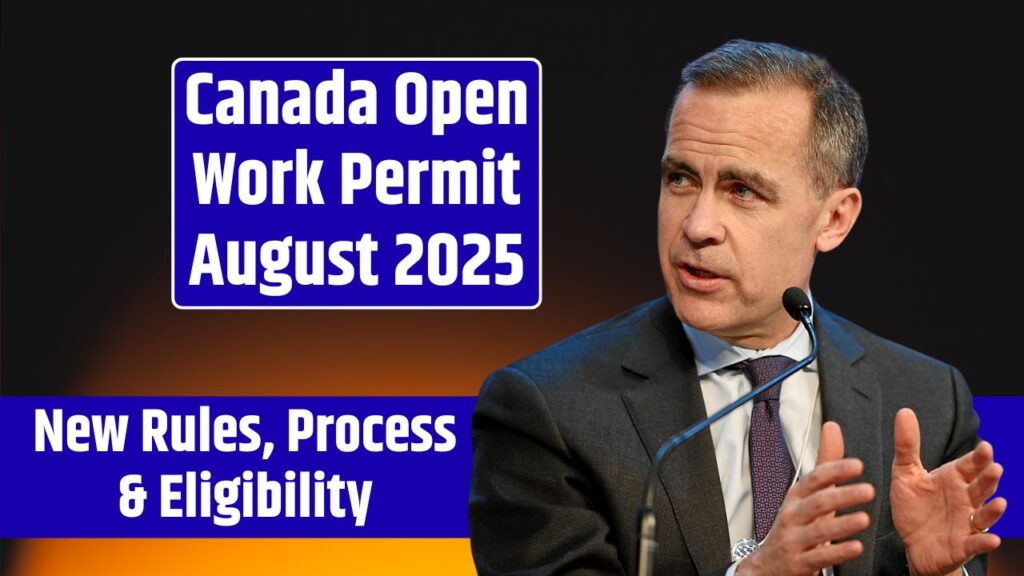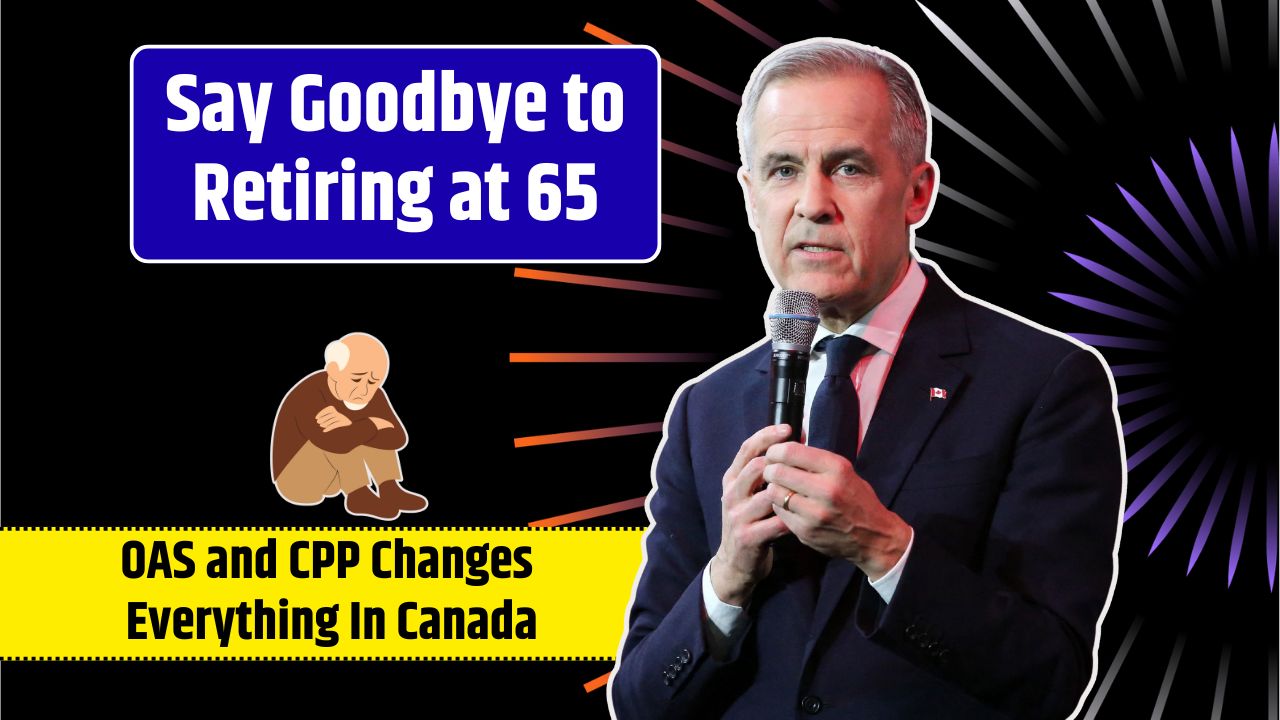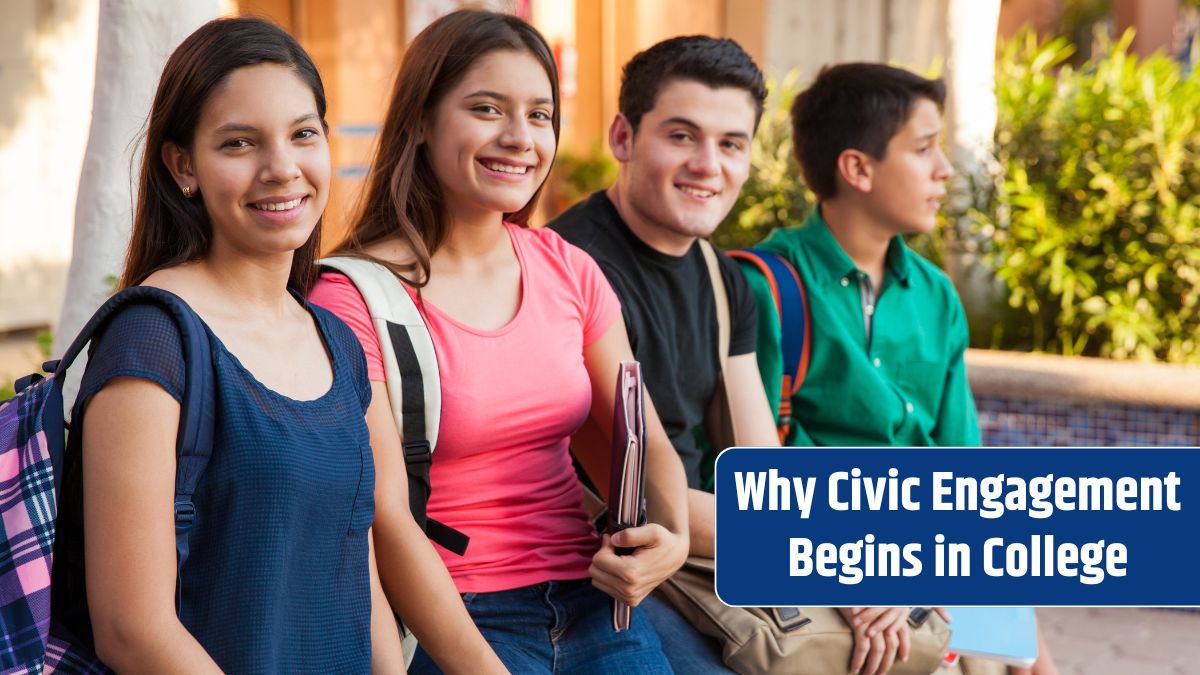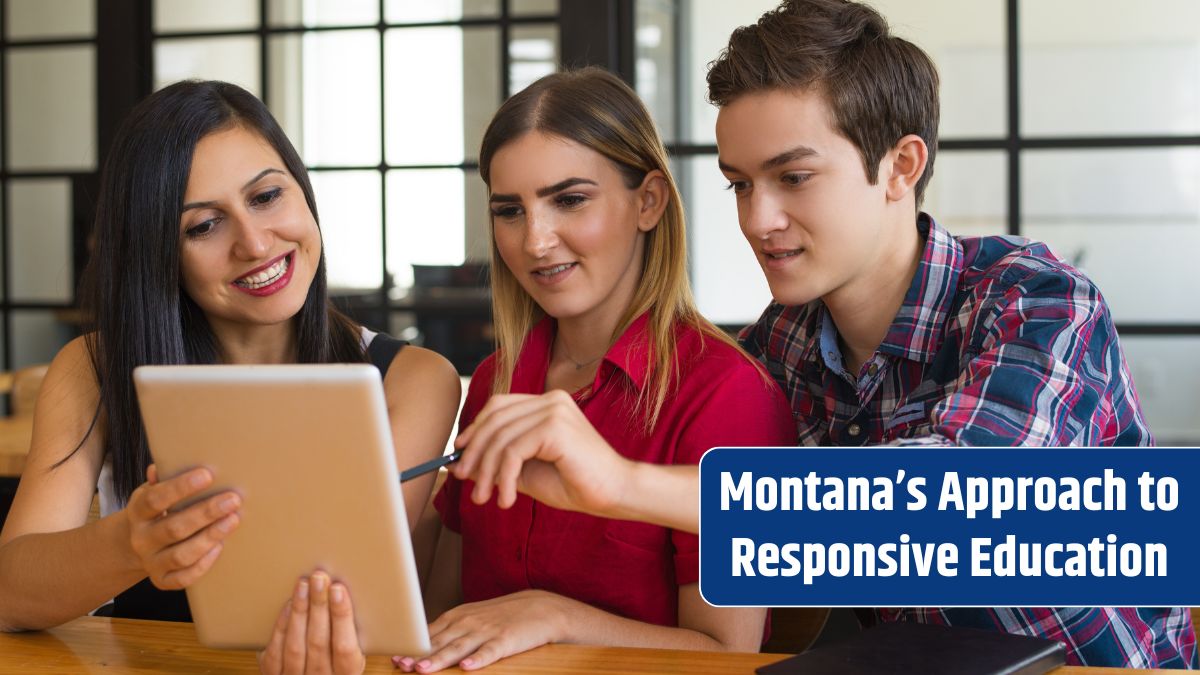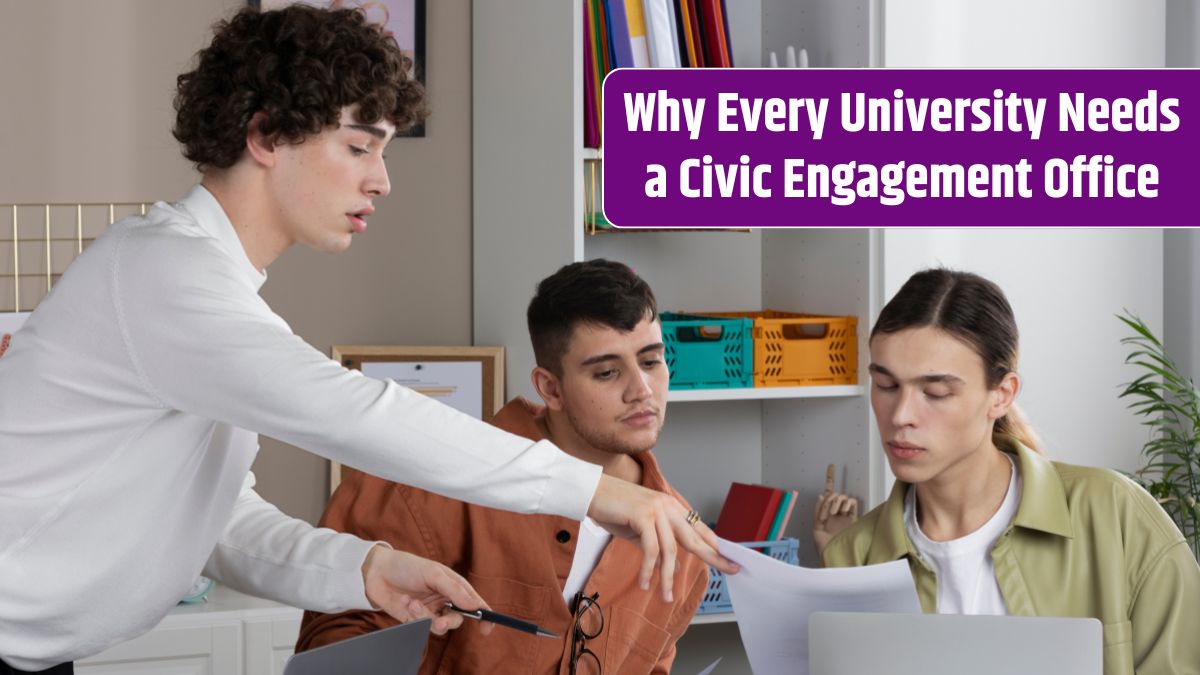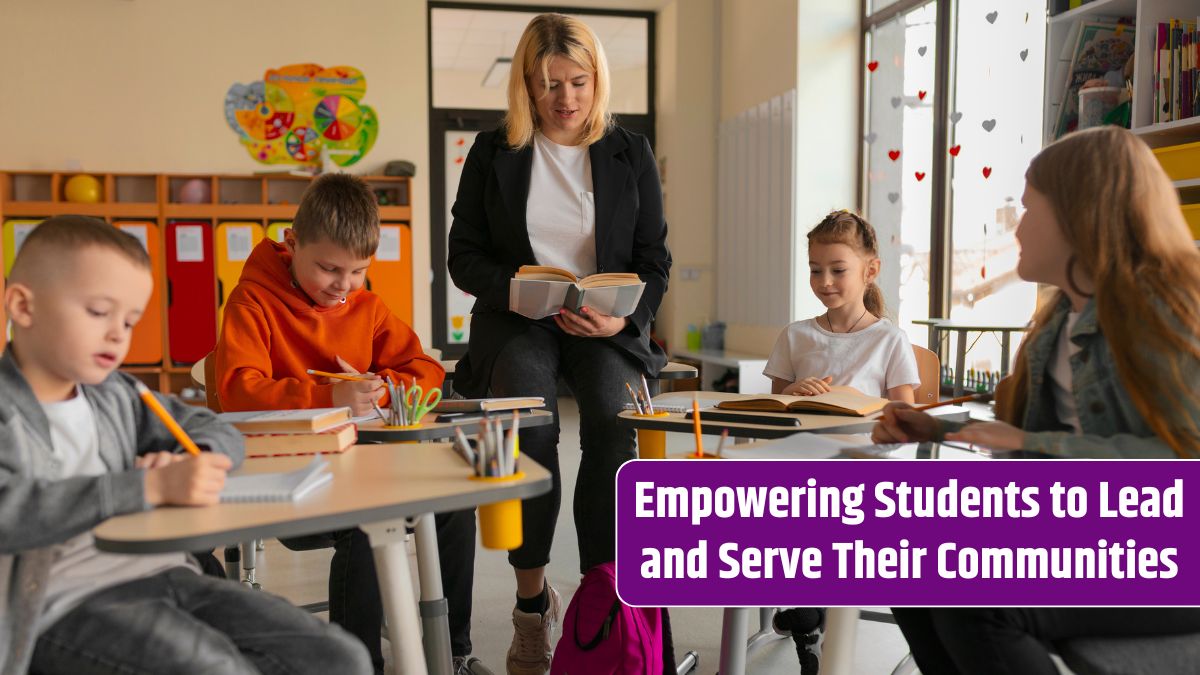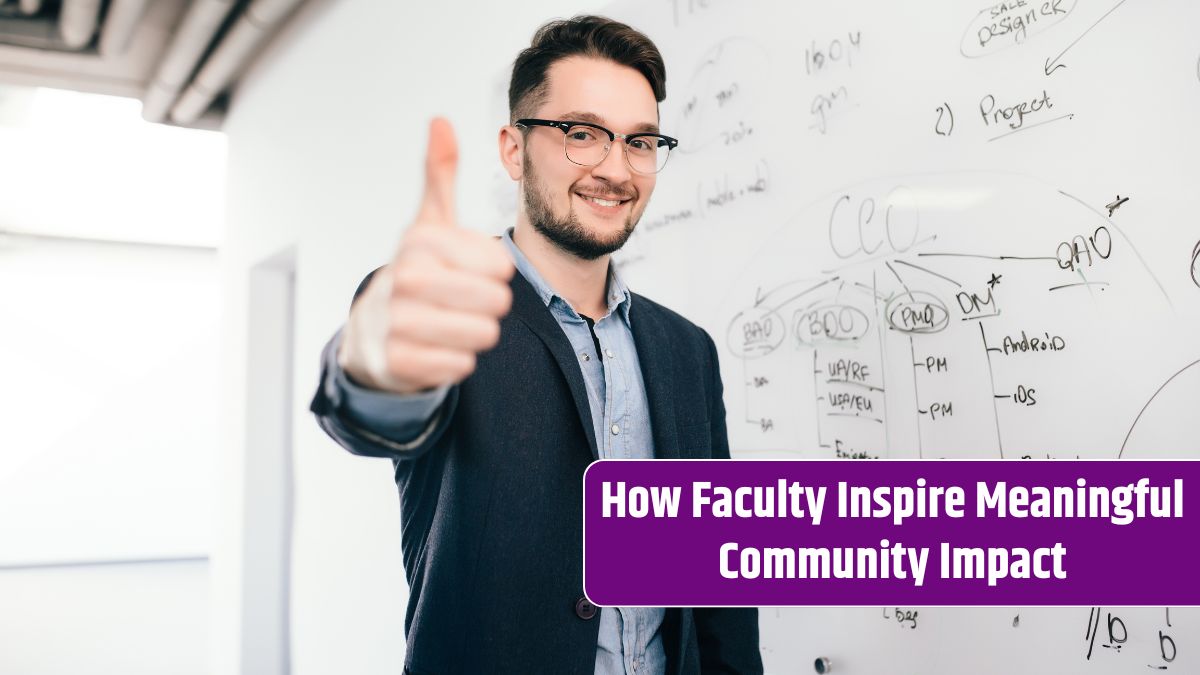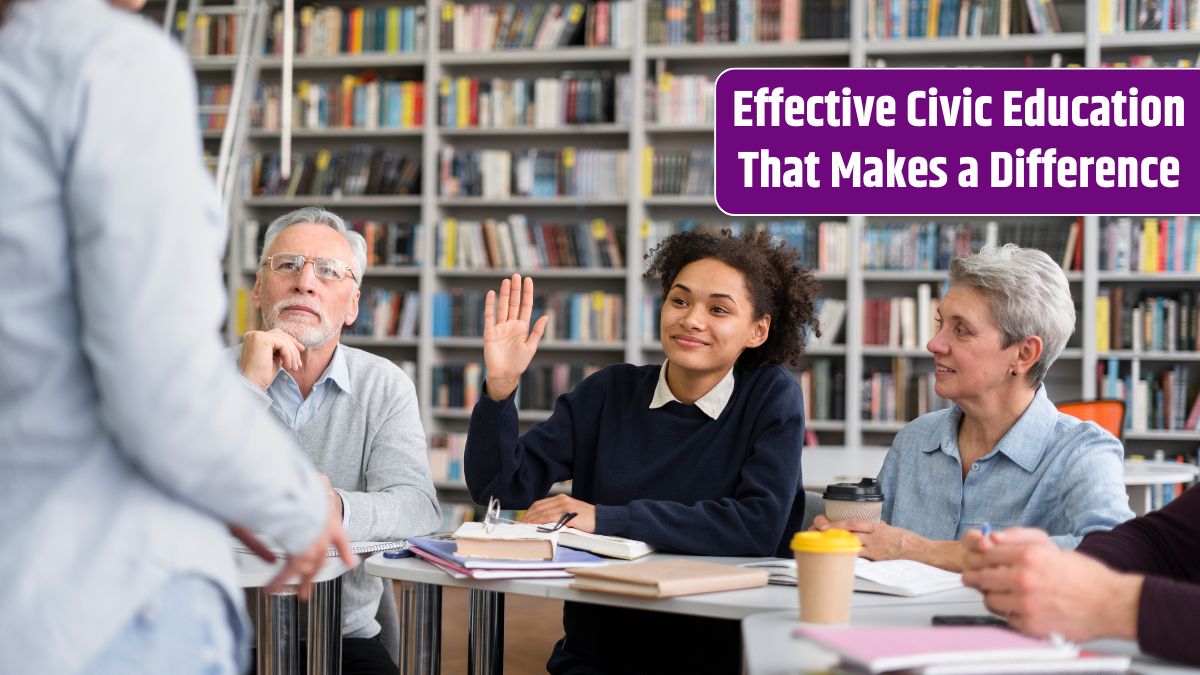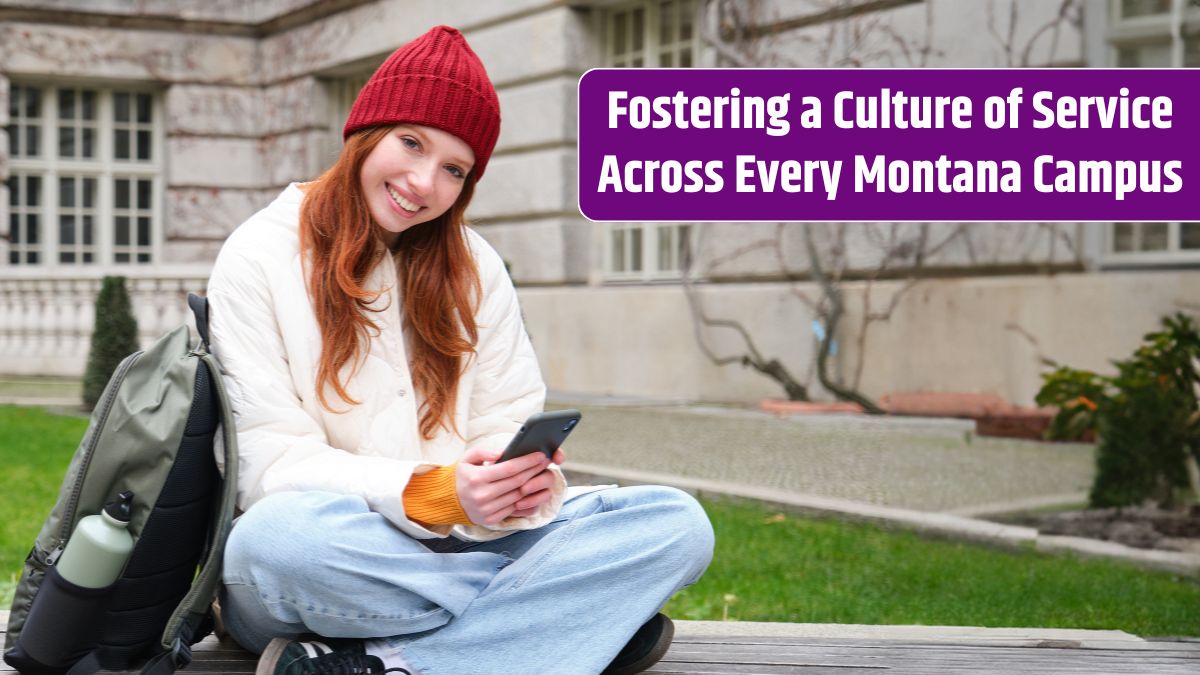Higher education has always promised to be more than just career prep—it’s supposed to serve a greater public good. But in today’s world of rising tuition, student debt, and polarized politics, many are wondering: is higher education still fulfilling its public purpose? Let’s unpack where we are now and what that really means for students, schools, and society.
Table of Contents
Definition
First off, what exactly is “public purpose” in higher education? At its core, it means colleges and universities aren’t just meant to educate individuals—they’re meant to uplift communities, strengthen democracy, and promote social equity. This could include things like civic engagement, public service, research that benefits society, and efforts to close opportunity gaps.
Historically, land-grant universities, community colleges, and public institutions were all built on this ideal. But lately, many critics say that mission has drifted.
Challenges
So, what’s changed? For starters, money. State funding for public colleges has dropped significantly in recent decades. That means schools are increasingly acting like businesses, focusing more on enrollment numbers and revenue than on community impact.
Also, the student loan crisis has shifted the conversation. Students (and their parents) are asking: “What am I actually getting for this price tag?” That pressure has pushed many institutions toward workforce-ready degrees, often at the expense of the broader civic mission.
Add to that the political climate—where academic freedom, diversity programs, and even basic facts are being debated—and it’s clear higher ed is facing a tough road when it comes to maintaining its public purpose.
Efforts
Despite all this, many schools are actively trying to reconnect with their roots. Service-learning programs, community-based research, and civic engagement initiatives are gaining momentum on campuses across the country.
Some universities are integrating public purpose into their strategic plans, tying it directly to budgeting, faculty hiring, and student programming. There’s also a renewed interest in partnerships between colleges and local governments, nonprofits, and public schools.
A few standouts are even redesigning courses to tackle real-world local issues—like housing, healthcare, or environmental justice—giving students a chance to apply what they learn while giving back.
Impact
When higher ed aligns with public purpose, everybody wins. Students gain a stronger sense of purpose and belonging. Communities benefit from resources, talent, and innovation. And universities build credibility as institutions that serve, not just select.
This alignment can even boost enrollment and retention. Why? Because students today care about making a difference. If a school shows it stands for something beyond profits and prestige, it’s more likely to attract engaged, mission-driven learners.
Future
So where do we go from here? The future of public purpose in higher education depends on clear commitment from leadership and real structural support. It can’t just be a mission statement on a website—it needs funding, staff, and accountability.
Technology also plays a role. Online learning, digital access, and remote collaboration open doors for schools to expand their public service efforts, especially in underserved areas.
Ultimately, the goal is to make higher education not only a personal investment—but a public one.
The bottom line? If higher education wants to remain relevant and respected, it has to double down on serving the public good. That’s how trust is built, communities thrive, and democracy survives.
FAQs
What is public purpose in education?
It means higher ed serves society, not just students.
Why is public purpose fading?
Reduced funding and job-market pressure shifted focus.
How are schools responding?
Through service programs and community partnerships.
Why does this matter to students?
It gives education real meaning and local impact.
Can public purpose boost enrollment?
Yes, mission-driven students seek purpose-driven schools.

